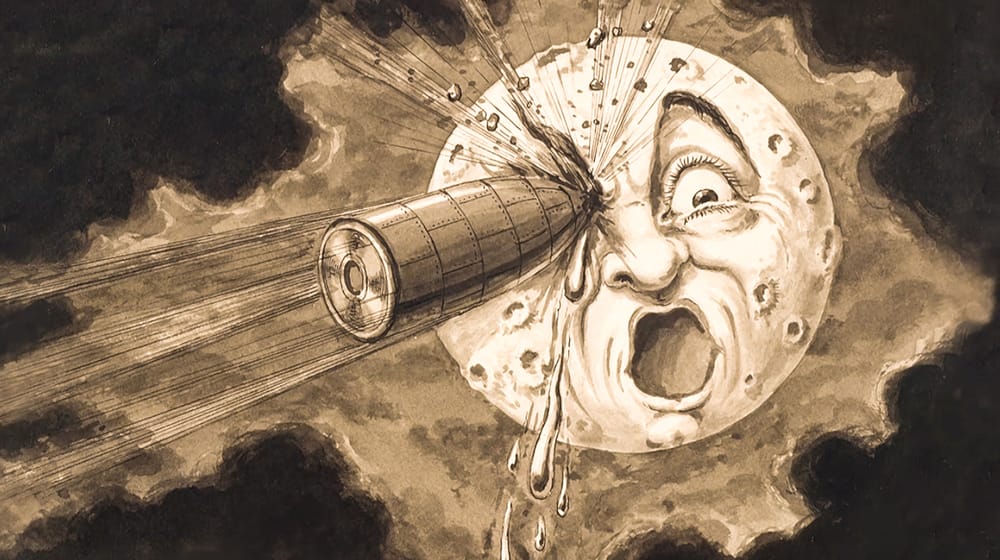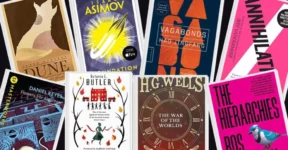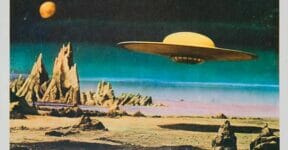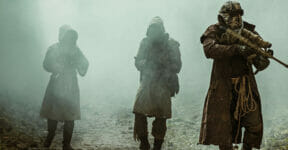A Trip to the Moon (originally Voyage dans la Lune), directed by Georges Melies and released in 1902, is widely regarded as the first Sci-fi animation fiction film. One of the most iconic scenes in the entire 14-minute piece of cinematic history, a masterpiece inspired mostly by Jules Verne’s novel From the Earth to the Moon (1865) and partly by H. G. Wells’ First Men in the Moon (1901), is the memorable image of a bullet-shaped lunar capsule piercing the eye of the moon.
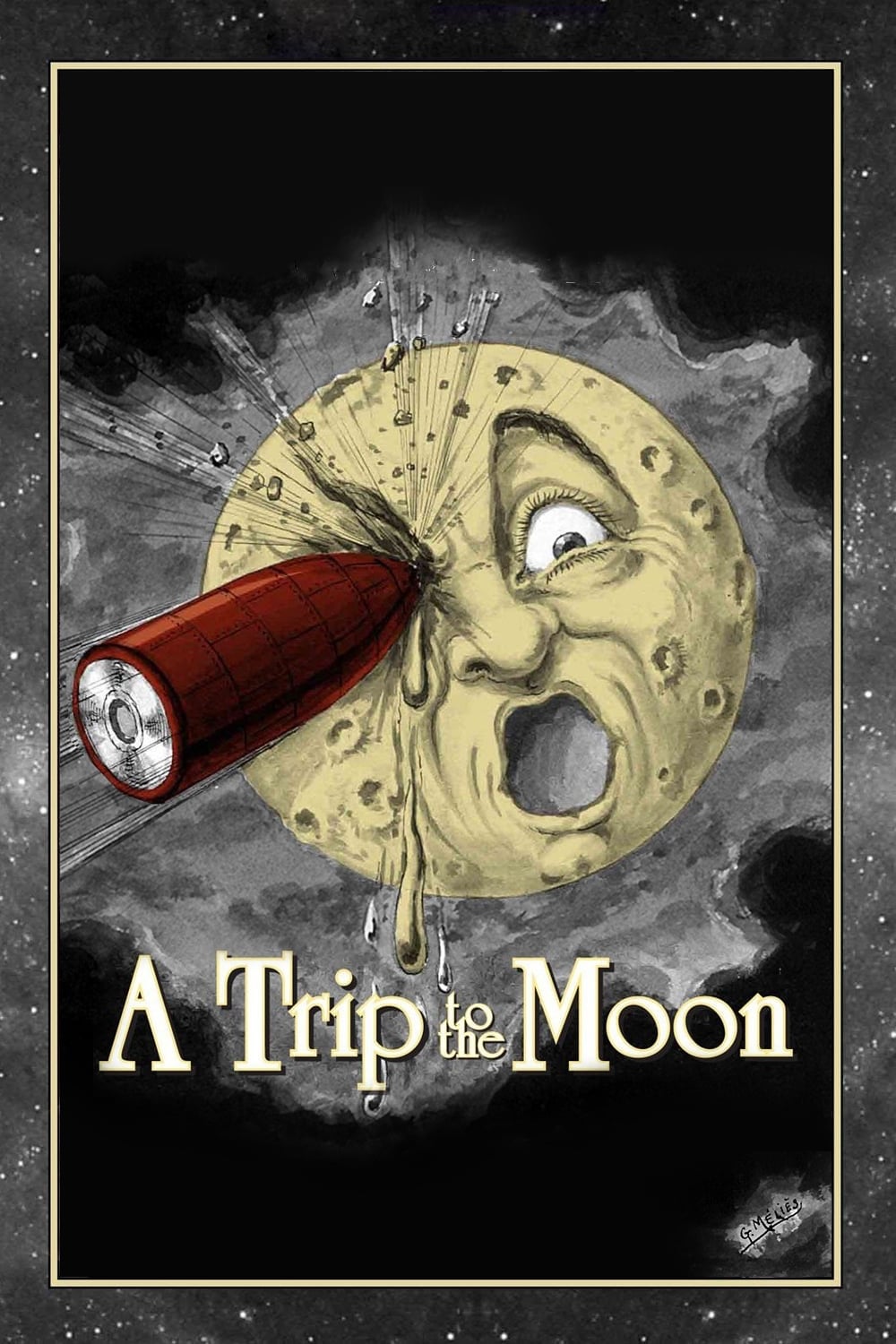
Thanks to the film, it is only correct to say that science fiction as a genre is a huge milestone to mark the beginning of motion picture development at the dawn of the 20th century. In fact, space exploration also became a staple of sci-fi ever since. The period between 1920s and 1970s introduced several more concepts still popular today such as monsters, hidden worlds, dinosaurs, mad scientists, high-tech gadgets, and robots.
Come the Animation
Although the history of animation had taken off much earlier, a major progress happened almost coincidentally with the advent of sci-fi on screen. In 1907, the British-American producer and director J. Stuart Blackton pretty much single-handedly made stop-motion animation a mainstream idea with The Haunted Hotel. Arguably the oldest known example of hand-drawn/traditional animation, Fantasmagoria, came out a year later. Produced and directed by Émile Cohl, the film is universally accepted as the first true animated cartoon. Winsor McCay added to the library of early hand-drawn cartoons with Little Nemo (1911) and Gertie the Dinosaur (1914). Another major stop-motion success was The Lost World (1925), based on a 1912 novel of the same name by Arthur Conan Doyle.
Besides stop-motion and hand-drawn animation, which were the primary techniques throughout most of the 20th century and therefore considered “traditional” methods, there were also several other popular styles like cutouts, puppet, and clay.
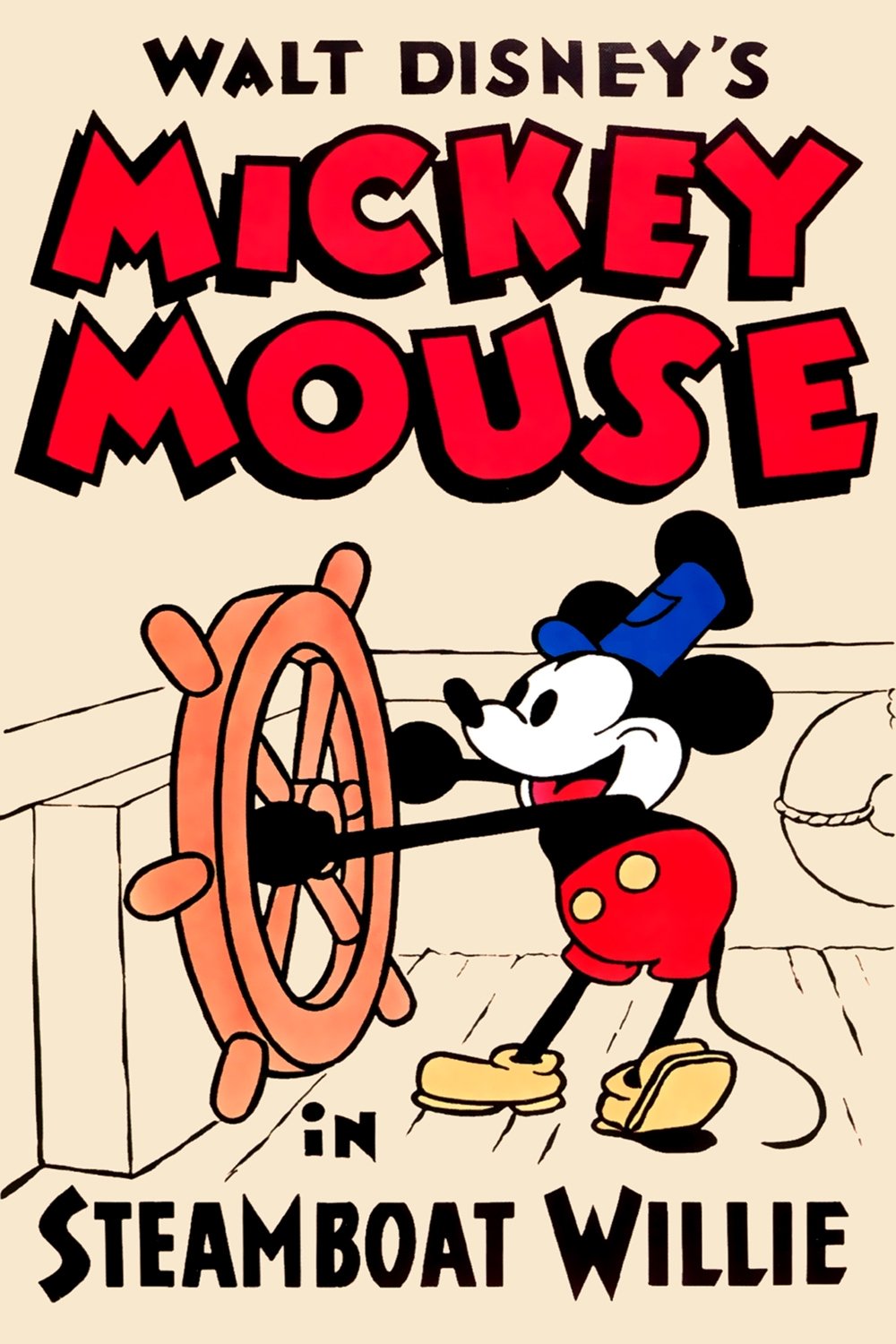
The debut of Mickey and Minnie Mouse in Steamboat Willie (1928) took animation film to the next level of sophistication with synchronized sound. It was the film that put Walt Disney’s studio to fame and opened the floodgate for many characters that would enjoy worldwide recognition for decades to come including Disney’s own Goofy and Donald Duck, Fleischer/Paramount’s Casper and Popeye, WB’s Bugs Bunny and Road Runner, MGM’s Tom and Jerry, and United Artists’ Pink Panther to name a few. By the 1930s, Walt Disney already was prominent and made even greater with the release of Snow White and the Seven Dwarfs (1937), the studio’s first animated feature.
Enter the Computers
An early form of computer-generated animation appeared in the 1976 sci-fi thriller Futureworld, but it wasn’t until The Rescuers Down Under (1990) that the world saw for the first time an animated film produced entirely on computers without cameras. And following the success of Toy Story (1995), computer animation – often referred to as 3D style – underwent a sweeping move to replace all other methods. At this point, the growth of sci-fi animation reached a point where nothing was impossible. United States wasn’t the only country to welcome the advancement; Japan, with its industry-dominant anime medium, produced some of the most remarkable sci-fi animations in history like Akira (1988) and Ghost in the Shell (1995).
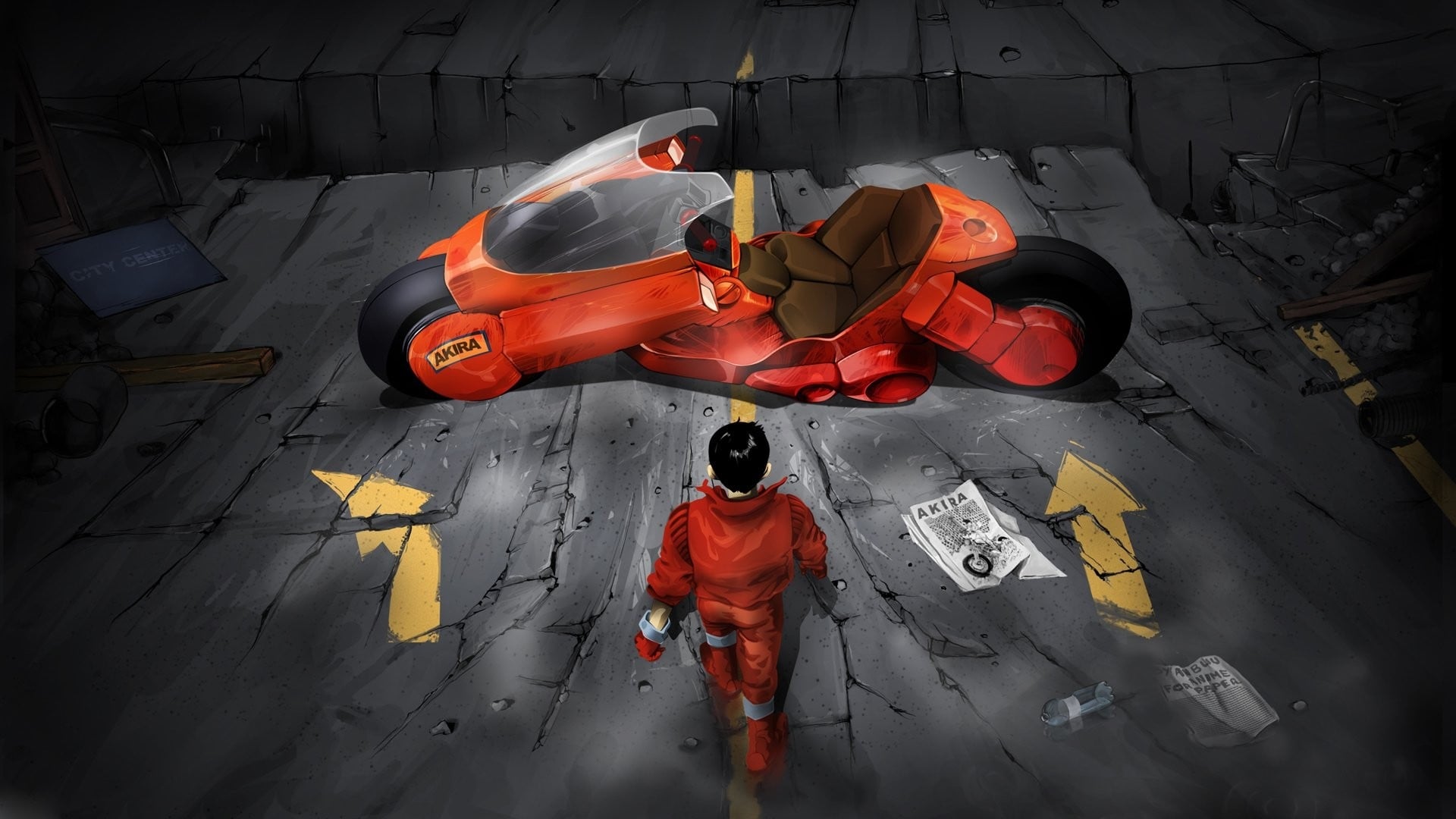
As a matter of fact, Akira is often mentioned as one of all-time animated films’ greats and credited as a breakthrough for showcasing how animation could be appropriate for adult viewers. Remember, even throughout the period of late 1980s – early 2000s, most of the American-made animations were intended for the children’s audience or fantasy in nature as opposed to the more adult-oriented Japanese works. Western sci-fi animation like Light Years (1988), The Iron Giant (1999), and Titan A.E. (2000) never reached the same level of adult-viewing as their Japanese counterparts. Even the supposedly children-friendly Mobile Suit Gundam series (1979 – 1980) were targeted primarily at adolescents because of such themes as deaths and complex politics.
During the decade known as Disney Renaissance (1989 – 1999), fantasy remained a major theme for animated films. Everything from Beauty and the Beast and Aladdin to Toy Story and Mulan takes place in fantastical settings with little sci-fi elements.
However, the more modern American animated TV series and movies are more comfortable at incorporating gadgetry, time travel, space explorations, and even the idea of infinite universes. Take Rick & Morty show as an example; the story revolves around inter-dimensional adventures of two main characters who come across different versions of themselves in other worlds. Since the main characters include an alcoholic genius and his grandson, the show clearly is aimed at adolescent and adult viewers alike. Another excellent take on the multiverse is Marvel’s Spider-Man: Into the Spider-Verse (2018), a film that brought a new face to Western animation at large thanks to creative storytelling and a vast library of Spider-Man characters – each with unique visuals and animation styles.
We think animation is a powerful storytelling medium, and especially perfect for sci-fi and fantasy genres. With 3D modeling and advanced CGI, animation has become an extremely malleable medium that allows any character to convey complex emotions with ease, get involved in over-the-top action sequences, and engage in many exaggeration otherwise impossible to produce in live-action format. Considering the high level of sophistication typically depicted in sci-fi and the excessive imagery in fantasy story, animation will continue to be at the forefront of the genres’ development.
Is there any particular animation style you like? Can you name animated movies or series that blend elements of both sci-fi and fantasy into the story? We’d love to hear from you.
Other things you might want to know:
How do you separate science fiction from fantasy?
The boundaries between the two genres are not clearly marked, but the possibility is a huge factor. If science fiction explores what is possible (through real science, although sometimes improbable), fantasy focuses on what is clearly impossible. For example, Wall-E is considered sci-fi for its imagery and approach to a possible post-human world, whereas How to Train Your Dragon series is definitely a fantasy film.
Recommended animated fantasy TV shows:
- Castlevania (Netflix)
- Arcane (Netflix)
- The Dragon Prince (Netflix)
- The Legend of Vox Machina (Amazon)
- Primal (Max)
- Voltron: Legendary Defender (Netflix)
- Gravity Falls (Disney Plus)
- The Dark Crystal: Age Of Resistance (Netflix)
- Star Wars Rebels (Disney Plus)
- Avatar: The Last Airbender (Netflix)
If you like Futurama, here are some other good cartoons to watch while waiting for the series’ new season:
- Inside Job (Netflix)
- Final Space (Netflix UK)
- Solar Opposites (Hulu (U.S.), Disney+ UK)
- Star Trek: Lower Decks (Paramount+ U.S., Prime Video U.K.)
- Cowboy Bebop (Netflix, Hulu, Crunchyroll, Funimation)
Check out other articles by month:

